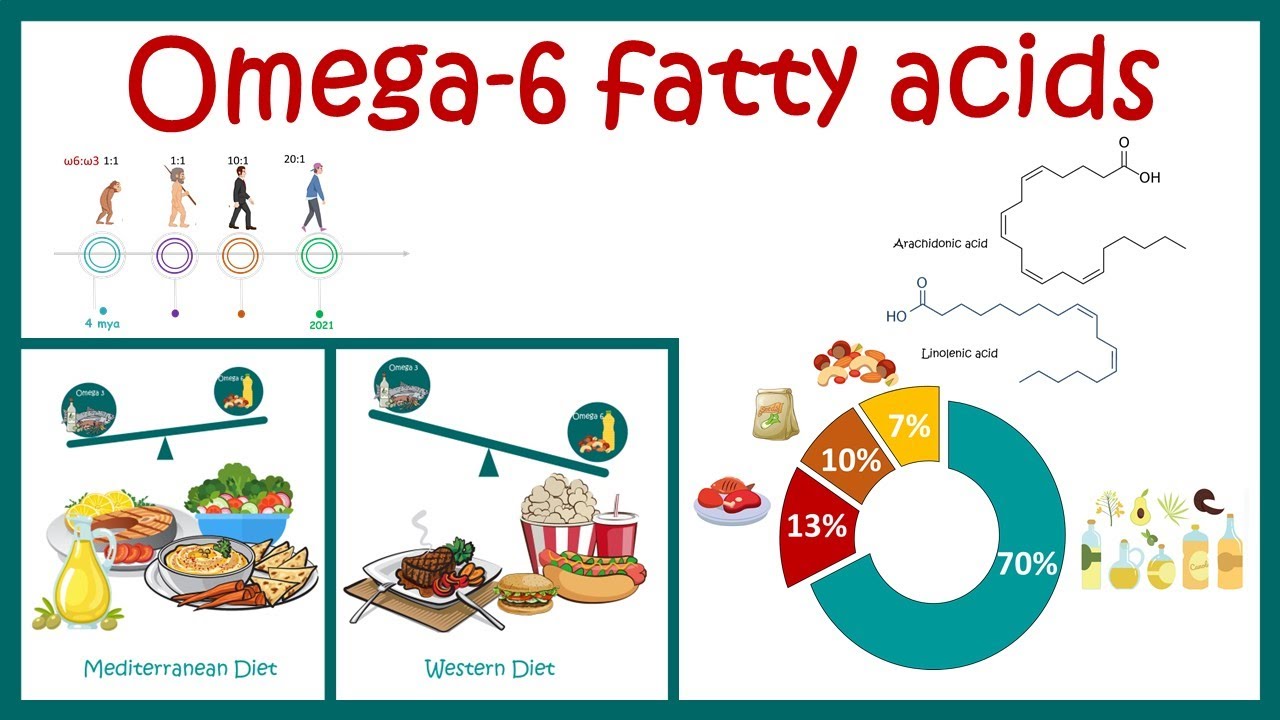
Also known as MUFA and PUFA, monounsaturated and polyunsaturated fats are the “healthy fats” that one should include in their diet. These unsaturated fats dismiss the age-old conception of fats being unhealthy, as they not only protect your health and heart but are also an integral part of a balanced diet. So, what are MUFA and PUFA?
Read on to find out!
What are Monounsaturated and Polyunsaturated Fats?
MUFAs, or monounsaturated fatty acids, are fatty acids with one double bond in the fatty acid chain. MUFAs are typically liquid at room temperature but solidify when cooled. MUFA has a higher melting point than polyunsaturated fats (or PUFAs) because of their chemical configuration.
Omega-7 fatty acids and omega-9 fatty acids are the two main components of monounsaturated fatty acids.
PUFAs are fatty acids that have more than one double bond between the carbon atoms in the fatty acid chain. They are not only liquid at room temperature but also maintain their liquidity when cooled.
Omega-3 fatty acids and omega-6 fatty acids are the two types of polyunsaturated fatty acids beneficial for our health and well-being. They are also known as essential fatty acids because they are not synthesized by our body and, hence, are essential to be consumed through our foods.

How do Monounsaturated and Polyunsaturated Fats Affect my Health?
MUFAs and PUFAs can help reduce “bad” cholesterol or LDL (low-density lipoprotein) levels in your blood, which can lower your risk of heart disease and stroke. They also provide nutrients that help develop and maintain your body’s cells.
Oils rich in monounsaturated and polyunsaturated fats also contribute vitamin E to the diet, an antioxidant vitamin that keeps your body healthy by protecting your cells from damage.
Replacing saturated fats with these unsaturated fats helps lower blood pressure, prevent unnecessary weight gain, and also reduce the risk of diabetes and cancer.

Omega-7 fatty acids (mainly palmitoleic acid) can reduce cholesterol levels and triglyceride levels, as well as lower insulin levels, improve liver function, and promote weight loss. The intake of Omega 7 fatty acids has also been linked to improved bowel regularity, skin rejuvenation, and the maintenance of healthy cells in the digestive tract and skin.
Omega-9 fatty acids are not required by the body and can be produced by omega-3 and omega-6 fatty acids. Two important forms of omega-9 are oleic acid (found in olive oil and other monounsaturated fats) and erucic acid (found in rapeseed, mustard seed, etc.). Omega-9 can help lower levels of LDL and increase levels of HDL (high-density lipoproteins), or “good” cholesterol, in the body.
Omega-3 fatty acids play a role in normal growth and development and proper brain function. They also reduce inflammation and decrease the risk of chronic diseases, such as heart disease and arthritis.
Similarly, omega-6 fatty acids play a role in growth, development, and brain function. But they also regulate metabolism, stimulate hair growth, and keep the reproductive system healthy. Unlike omega-3s, some omega-6 fatty acids can stimulate inflammation.

How can I Include Monounsaturated and Polyunsaturated Fats in my Diet?
Foods rich in MUFAs include avocados, whole milk products, peanut butter, nuts, cheese, and different seeds. Some sources of oils rich in monounsaturated fats include mustard oil, olive oil, almond oil, sunflower oil, sesame oil, and rice bran oil, among many others.

Sources of PUFAs include soybean oil, corn oil, safflower oil, fish oil, and canola oil. Fish such as salmon, trout, mackerel, and herring also contain PUFAs. Other sources are cashews, walnuts, and seeds such as sunflower seeds, flax seeds, chia seeds, etc.
How much Monounsaturated and Polyunsaturated Fats should I Consume?
The key to a healthy diet is moderation. The National Institute of Nutrition recommends a diet that includes 20 to 30% of total calories from fat. The majority of those calories should come from unsaturated fats, i.e., MUFA and PUFA.
If you consume 2000 calories daily, aim for 40 to 62 grams of unsaturated fat per day. MUFA and PUFA should each individually account for 8 to 10% of the total energy intake (2000 calories). A balance of both monounsaturated fats and polyunsaturated fats is important. You should eat more essential fatty acids—omega-3s and omega-6s—as they are not produced in the body naturally. Thus, you should include more of these foods in your diet.


.png)


